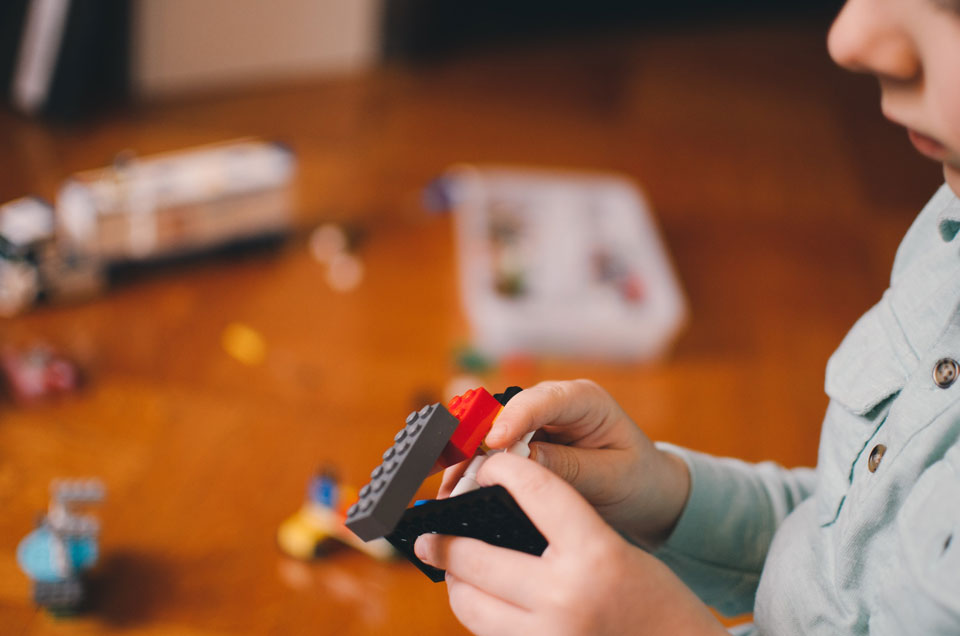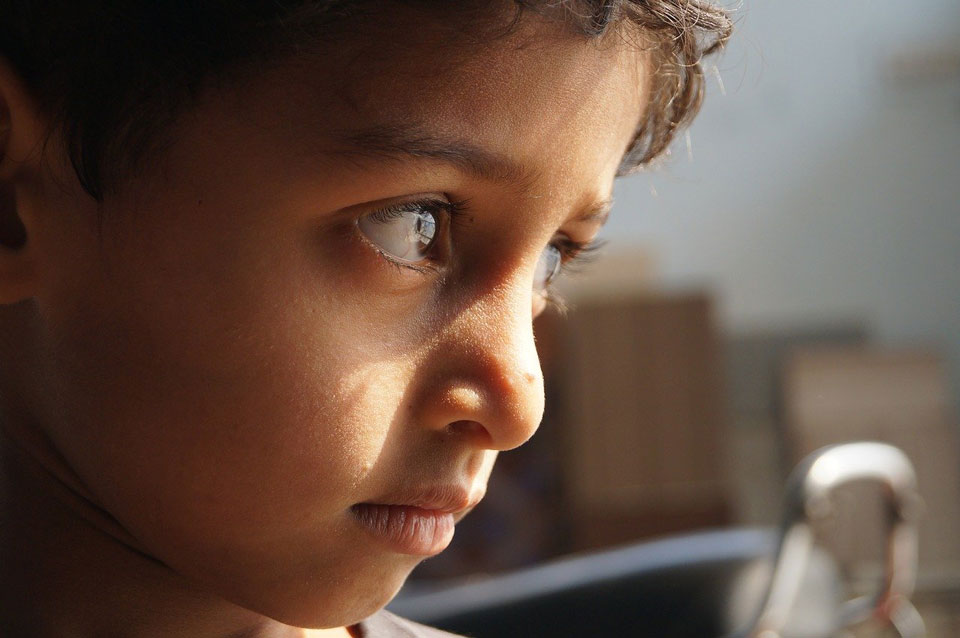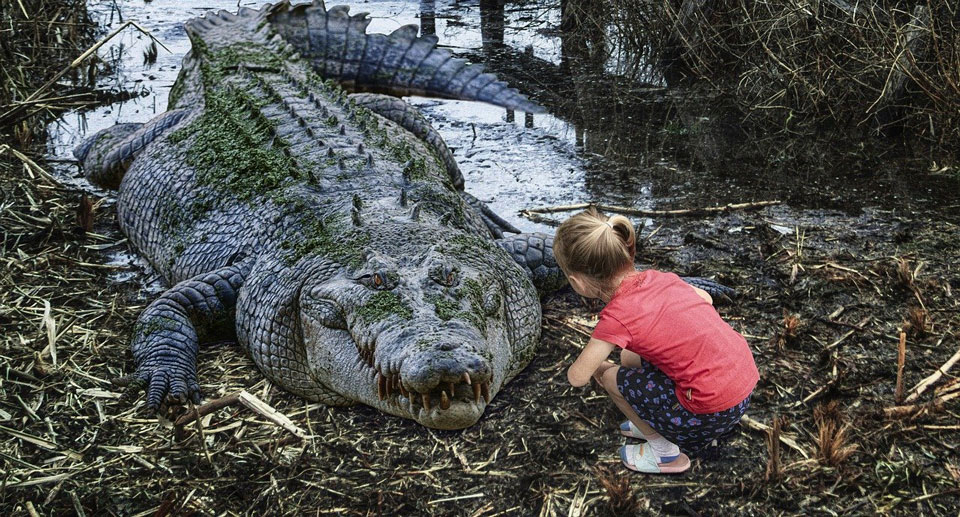Profiles of Children with High Learning Potential

The profiles of children with high learning potential were developed by Maureen Neihart and George Betts based on their research and experience with gifted children. They provide a framework for considering how the characteristics of high learning potential interact and present in different children.
More information about the profiles is available in the free advice sheet PA105 Profiles of High Learning Potential Children and you can learn about other characteristics typical of children with high learning potential in our page on Characteristics
There are 6 profiles of children with high learning potential:

The Successful
The Successful child is briefly characterised by good academic results, conformity to social norms, seeking of approval from others (especially parents and teachers), avoiding taking intellectual risks and being overly self-critical.
Successful high learning potential children have a good academic self-concept, are eager for approval from others and are, therefore, often motivated by others or by aiming for top marks. They achieve good results, conform to social norms and enjoy learning. However, they can either become complacent about their ability or be highly self-critical. They tend to avoid taking risks as they fear failure, so choose safe activities and don’t go beyond their comfort zone or what is required.
Find out more with our advice sheet PA515 Supporting Successful Profile High Learning Potential Children

The Creative
The Creative child is briefly characterised by having high physical energy, being socially more awkward, being perseverant in the things they are interested in (but often not in things they are disinterested in), being emotionally sensitive and lacking in emotional regulation, and questioning of rules and authority.
Creative high learning potential children have high energy levels and often use these for creativity. They are honest and direct, have heightened sensitivity (emotional or senses), and stand up for their convictions. They express themselves creatively and persevere in their areas of interest. They are bored and frustrated when under-challenged or asked to do tasks that do not include a portion of creative problem-solving. They enjoy ambiguity. They are uncertain about social rules, question rules and challenge teachers. They may have poor self-control and may be in conflict with their peers.
Find out more with our advice sheet PA516 Supporting Creative Profile High Learning Potential Children

The Dual or Multiple Exceptional
The Dual or Multiple Exceptional child is briefly characterised by being good at problem solving and making good connections between ideas. However, their difficulties because of a special educational need mask their abilities and mean they have difficulty achieving academically, their performance is inconsistent and they may suffer from personal disorganisation.
Dual / multiple exceptional (DME) high learning potential children are good problem-solvers, think conceptually, enjoy novelty and complexity, and make connections easily. However, they are intensely frustrated and may have poor self-control. They are prone to discouragement and may be disruptive in class. They can be disorganised and slow in information processing. They don’t see themselves as successful and don’t know where to belong. They may seem average or below as their difficulties mask their ability, and their work is inconsistent.
Find out more with our advice sheet PA517 Supporting Dual or Multiple Exceptional Profile High Learning Potential Children
For more information about Dual or Multiple Exceptional Children, please click here.

The Autonomous
The Autonomous child is briefly characterised by being self-directed in their learning, possessing good social skills, having intense areas of passion, seeking intellectual challenges and risk, and learns for depth rather than to pass exams.
Autonomous high learning potential children work independently, are self-motivated and self-directed, and are resilient. They possess appropriate social skills and show tolerance and respect for others. They follow their strong areas of passion, seek challenge, and are willing to take risks and to learn from failure. They are ambitious, but may not view academic success as one of their highest priorities. They are self-confident, have an understanding of themselves, and are good self-regulators. They learn for depth and understanding.
Find out more with our advice sheet PA520 Supporting Autonomous Profile High Learning Potential Children

The Underground
The Underground child is briefly characterised by denying their talents, having a desire to belong socially but not having a natural group to belong to, feeling disconnected, being ambivalent about achievement and rejecting intellectual or academic challenges.
Underground high learning potential children have a desire to belong socially and move from one peer group to the next. They feel unsure and conflicted. They have a diminished sense of self and are not connected to either the teacher or their peers. They are ambivalent about achievement and may view good results as a betrayal of their social group. They deny their talents, reject challenge, and are unsure of their direction in life. They have a tendency to internalise and personalise societal ambiguities and conflicts.
Find out more with our advice sheet PA518 Supporting Underground Profile High Learning Potential Children

The At-Risk
The At-Risk child is briefly characterised by being angry at the education system or the other aspects of the world, being resistive to authority, being critical of self or others, having outside interests and having low academic achievement.
At-risk high learning potential children create crises and cause disruptions. They are resentful, angry, defensive, reckless and manipulative. They are resistive to authority and critical of themselves and others. They pursue outside interests but have low academic achievement. They are not motivated by teacher-driven rewards, but will work with guidance from a mentor. They are often creative, thrill-seeking and may be self-isolating.
Find out more with our advice sheet PA519 Supporting At-Risk Profile High Learning Potential Children
